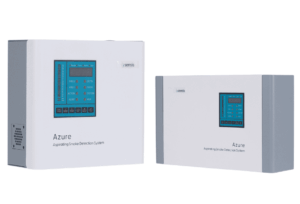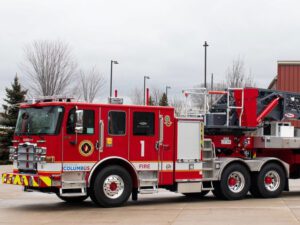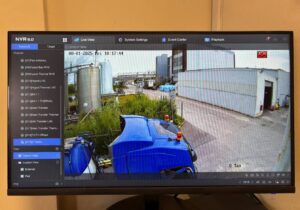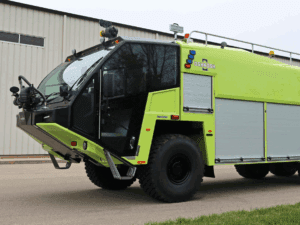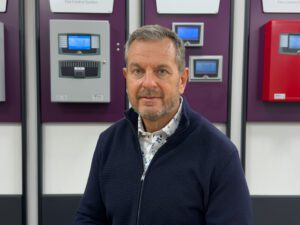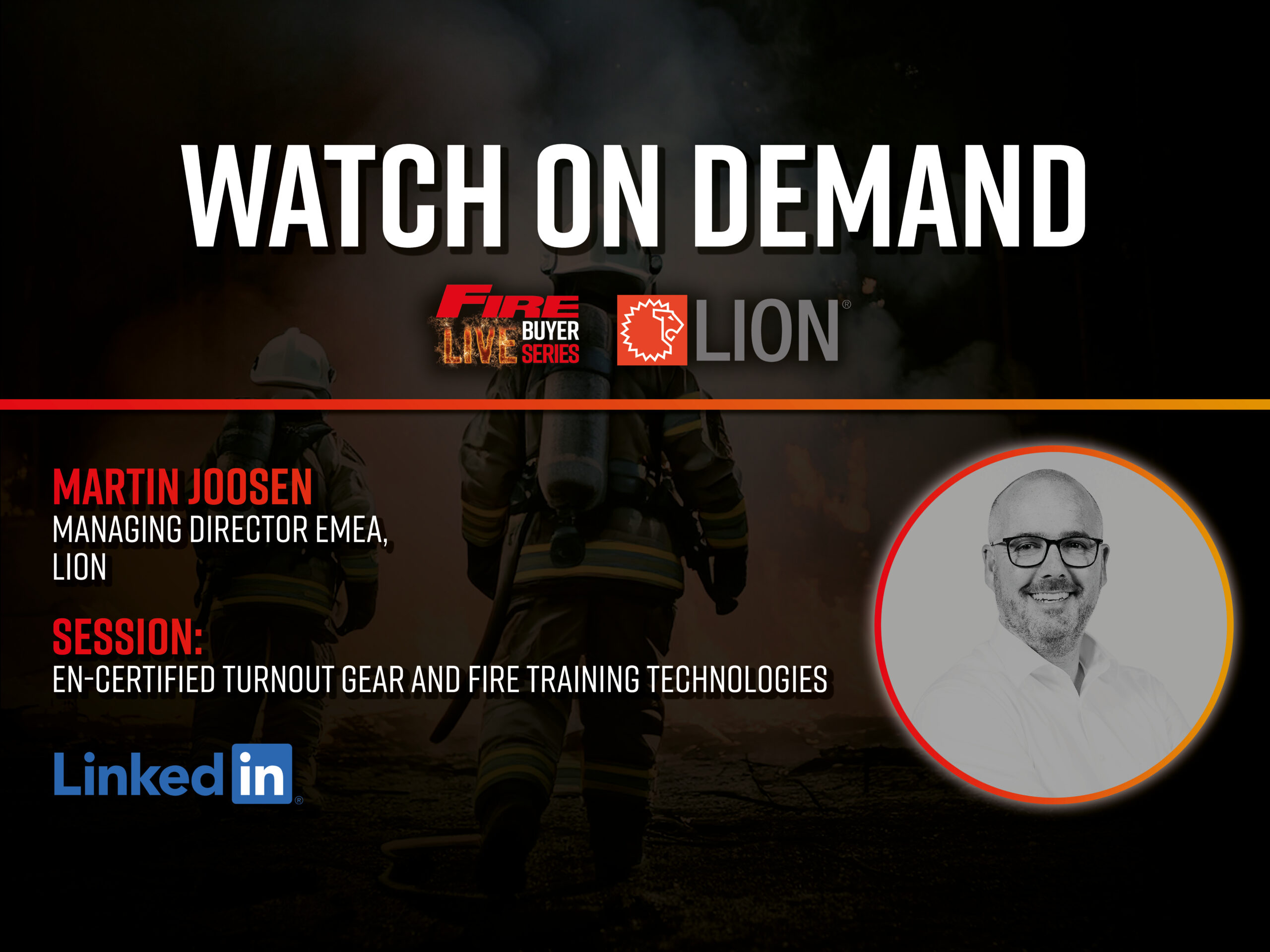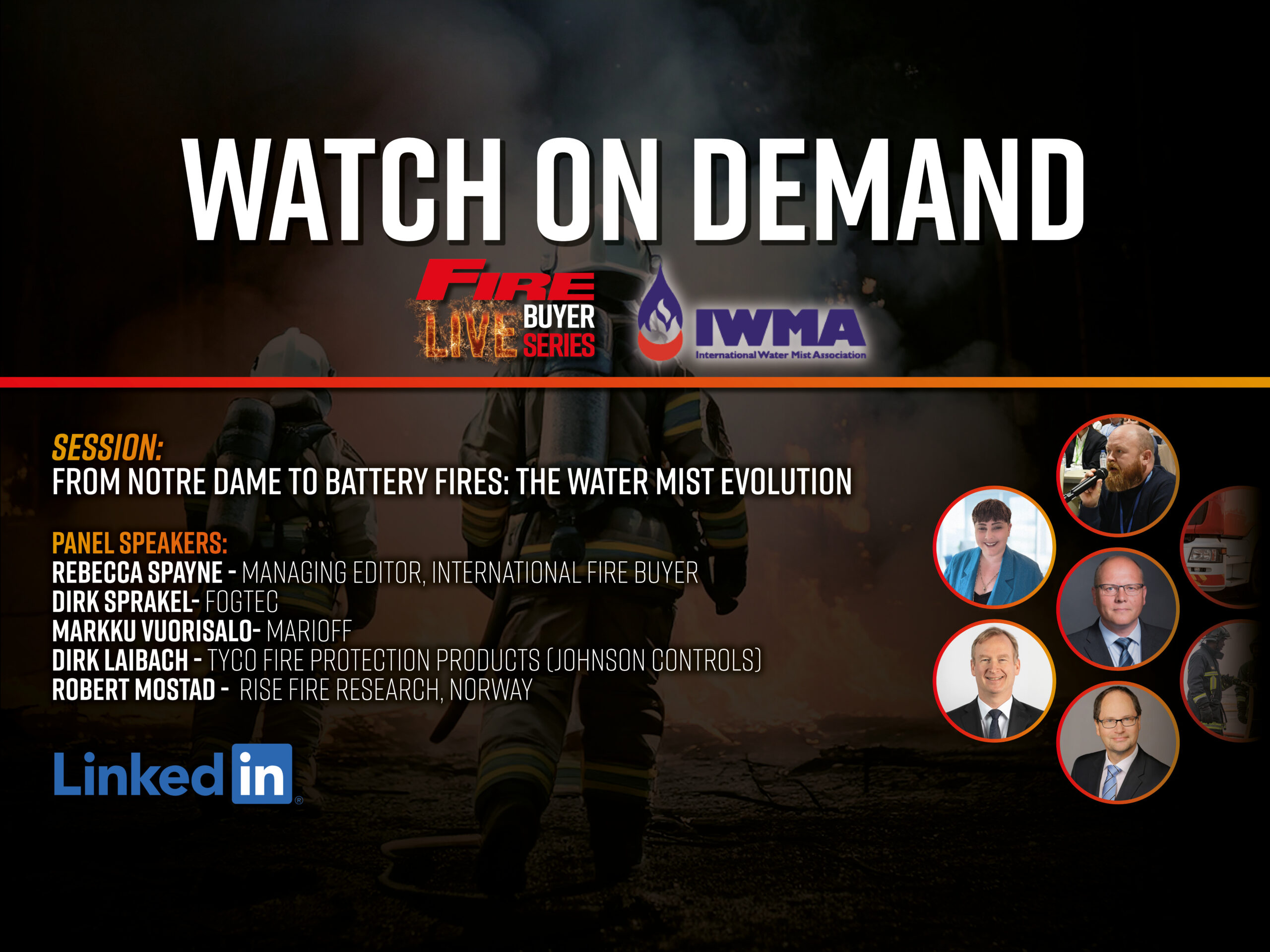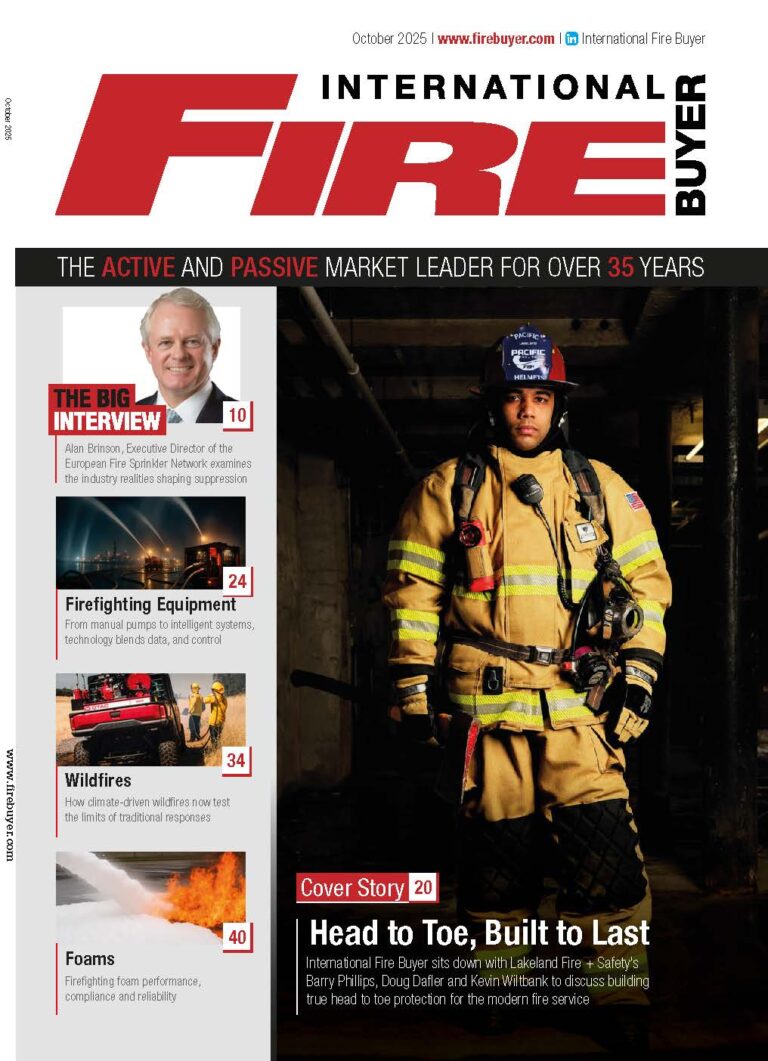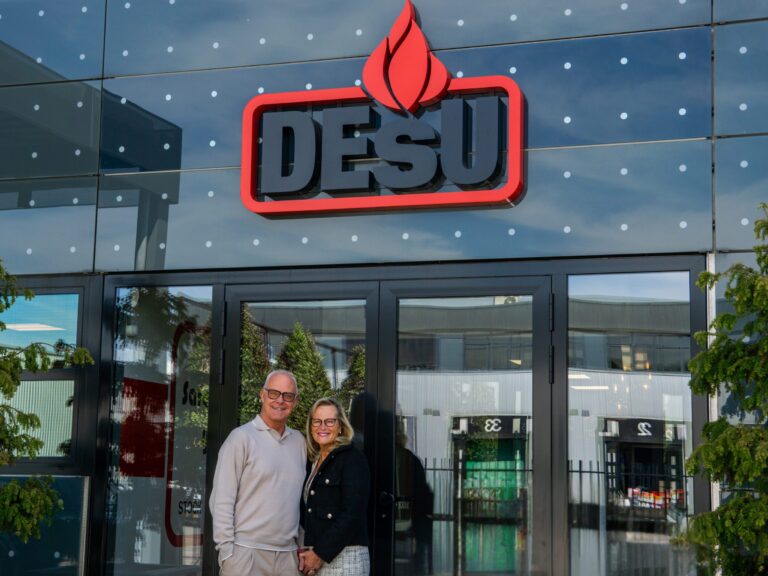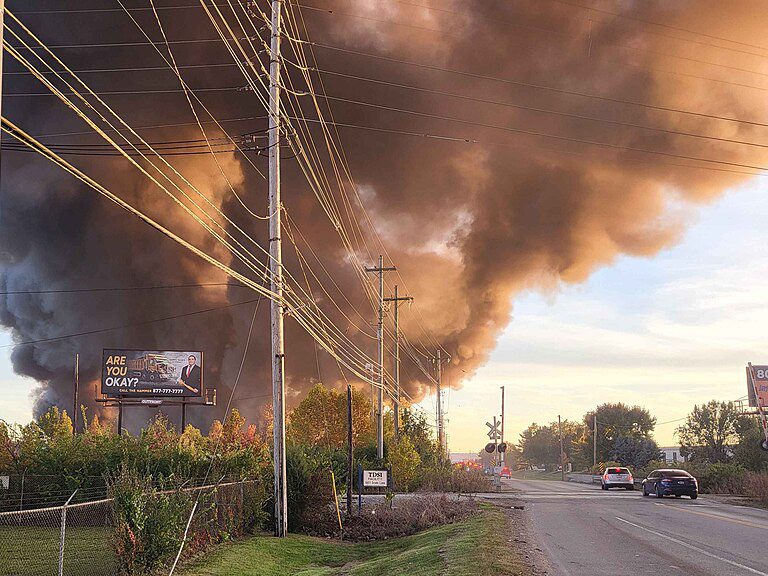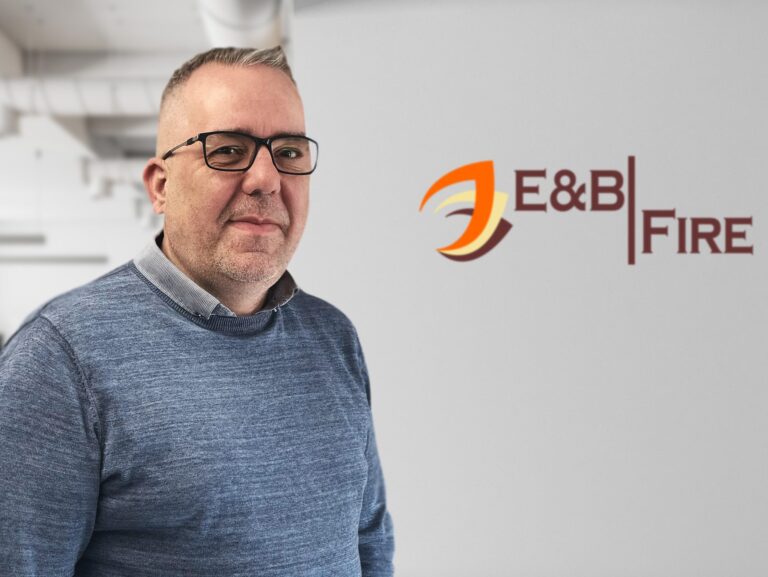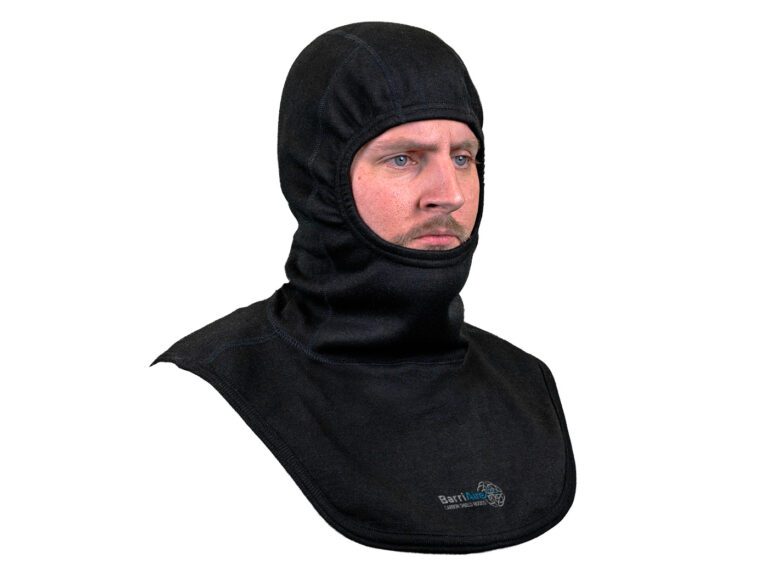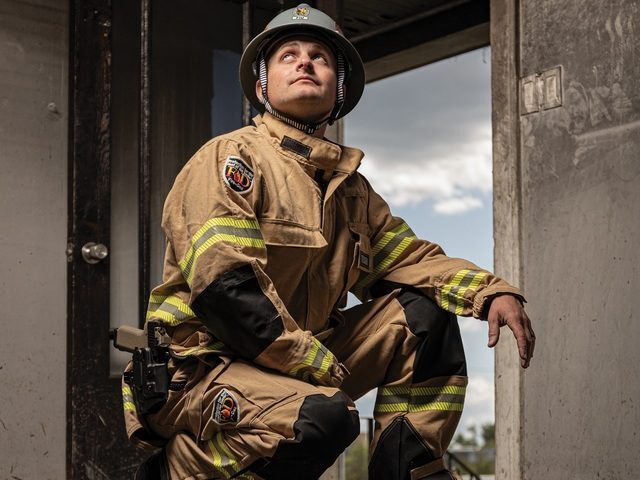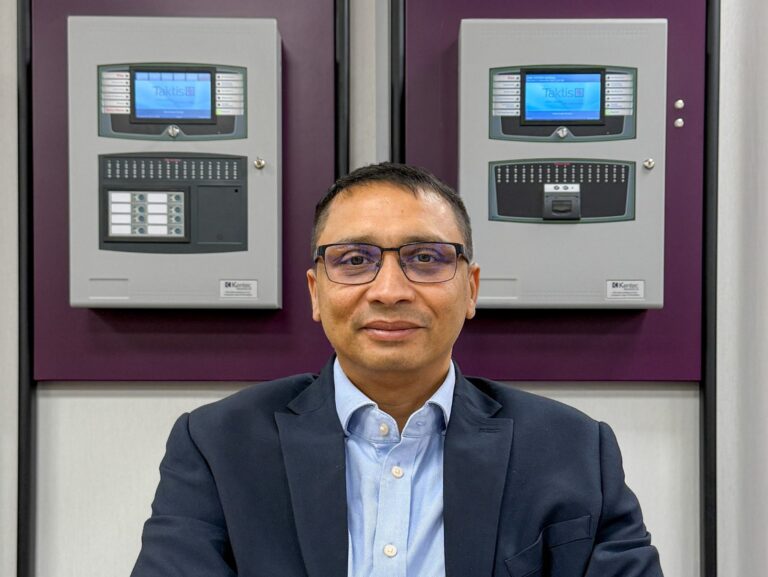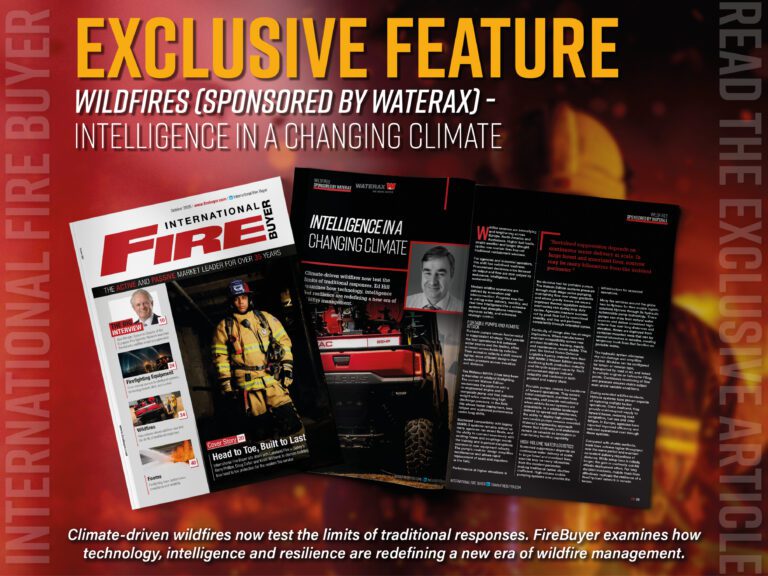From embedded communications to physiological monitoring and ergonomic innovations, Rebecca Spayne explores how PPE is being reimagined not just for protection, but for performance across the entire mission cycle.
Personal protective equipment (PPE) has always served as the critical frontline defence for firefighters. But as operational demands intensify and environments become more complex, a shift is underway.
Increasingly, PPE is being developed not as a set of isolated garments or gear—but as part of an integrated system of mission support. This evolution reflects a wider movement in fire services: from reactive protection to proactive readiness.
Driven by technological convergence, health data awareness, and the mounting risks of cumulative exposure, the next generation of PPE aims to safeguard not just against immediate harm, but also against long-term physiological, cognitive, and environmental stressors.
Manufacturers across Europe, North America and Australasia are responding by designing modular, adaptable equipment that supports a more intelligent and sustainable approach to fireground readiness.
Fire-Dex is among those highlighting how gear design must evolve to address extreme heat, mobility, and the realities of climate-driven wildfires.
“We’re not fighting the same fire seasons we were a decade ago. In many parts of Texas, Oklahoma and the West, wildfire risk has shifted from seasonal spikes to near-continuous threats. Climate volatility drives longer and more intense fire cycles, with temperatures pushing crews into conditions where it’s not just burn injuries, but heat exhaustion that is one of the top risks,” says Todd Herring, VP Product Innovation and Strategy at Fire-Dex.
“If your gear doesn’t support physiological performance—things like cooling, agility, speed—then you risk hitting your exhaustion limit much sooner. The most forward-thinking PPE design today is flame-resistant and thermodynamic. It’s built as an integrated system: fabrics engineered for total heat loss and configurations tailored to long-duration missions.”
One of the most visible shifts in PPE is the focus on reducing strain and fatigue. Firefighters today face extended deployments, particularly during prolonged wildfire seasons and multi-agency urban incidents. In response, manufacturers have prioritised weight reduction, mobility, and breathability without compromising protection.
Footwear innovations are a key part of this. Haix, for example, has refined its fire boots with improved sole stability and moisture-wicking linings, aiming to prevent fatigue-related injuries during long shifts. Similarly, turnout gear designers are now applying principles from sports science—modelling stress points and pressure distribution to improve load balancing and garment flexibility.
The movement extends to the garment structure itself. Lakeland Industries has developed multi-layer systems that adapt to temperature and activity level, supporting firefighters through peak exertion and recovery phases. These configurations also account for compatibility with other equipment, ensuring freedom of movement even when worn with SCBA units and harnesses.
One emergent trend in ergonomic PPE design is the use of 3D body scanning during the development process. By capturing individual anthropometric data, manufacturers are able to fine-tune garment construction to reduce chafing, hotspots, and restrictive zones. This bespoke fit not only enhances comfort but also contributes to thermal regulation and long-wear resilience—key performance indicators during sustained operations.


